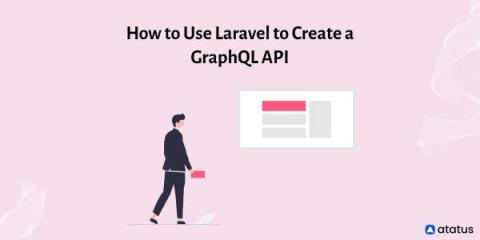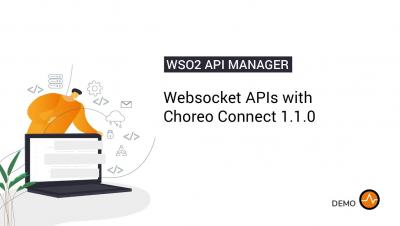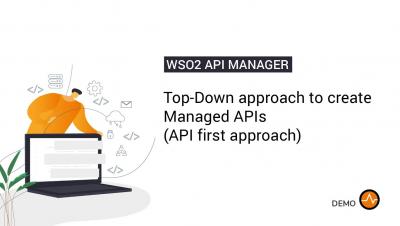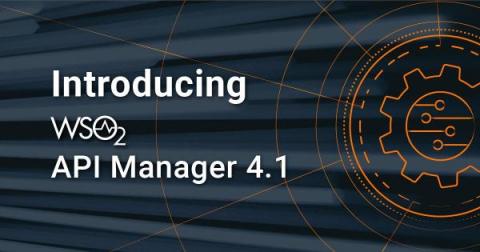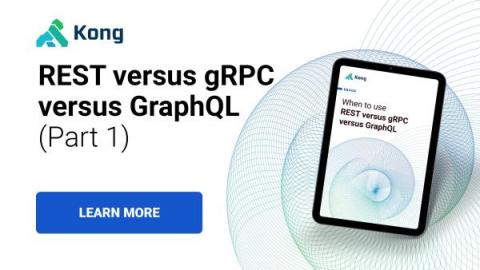How to Use Laravel to Create a GraphQL API
GraphQL is a comprehensive approach to guiding software developers in constructing data-driven applications. It is sometimes referred to be a platform or programming language agnostic query language. It is, in our opinion, the new API standard, allowing client applications to request particular data from the database rather than a full record. This article will teach you some of the core ideas needed to create a GraphQL API that uses Laravel.


